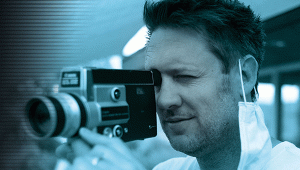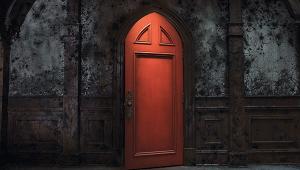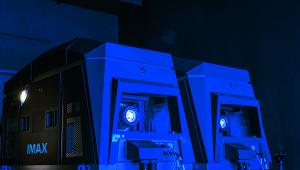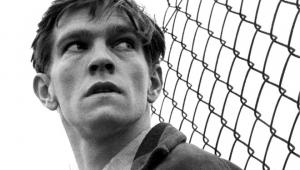Doctoring the Doctor
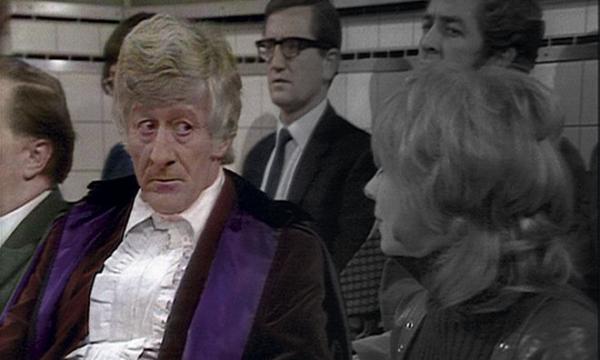
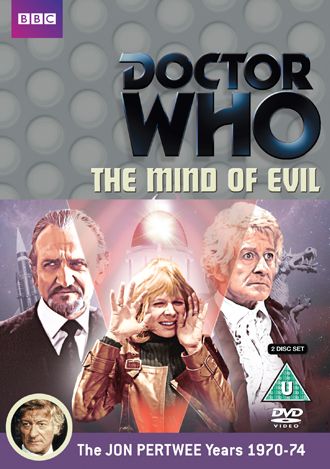
When BBC Worldwide released the Doctor Who serial The Mind of Evil on DVD this June it was the result of some of the most intensive work that the Doctor Who Restoration Team has ever undertaken on the series.
Unseen in colour outside of its original broadcast in 1971, The Mind of Evil has only been available since then in black-and-white - until now. To find out why this was, and how the serial has been restored to full-colour, we spoke to Peter Crocker, Video Restoration Specialist of SVS Resources...
What exactly happened at the BBC during the 1970s to leave us in a situation where there was no longer an existing colour version of The Mind of Evil?
Until 1978, the BBC had no co-ordinated archive policy. There was a film library - its raison d'etre being to provide film clips to programme makers, with storage of complete programmes for posterity very much a lesser concern - and the engineering department which controlled VT (video tape). The storage of complete programmes for posterity was a lesser concern.
As VT was then still considered a very expensive means to pre-record programmes and facilitate some editing, rather than a long-term archiving medium, as much tape as possible was recycled. This meant that once the initial broadcasting rights had expired - usually two years after first transmission - the tapes would be wiped and released for a new show to be recorded on them.
So where did the black-and-white copy of The Mind of Evil come from?
Because Doctor Who was sold abroad widely to Commonwealth countries, none of which had colour TV at the time, BBC Enterprises arranged for black-and-white 16mm film recordings to be made as the episodes were broadcast on Saturday evenings. Simplistically, these were made by pointing a film camera at a TV screen, although in reality the film recording apparatus was very sophisticated - hence the extremely high-quality results possible.
When the BBC archive was finally established by 1978, much VT of Jon Pertwee's Doctor Who had been wiped, including all six episodes of The Mind of Evil. Fortunately, BBC Enterprises still had the 16mm film negatives of the episodes from its off-screen recordings of this colour serial, albeit in monochrome.
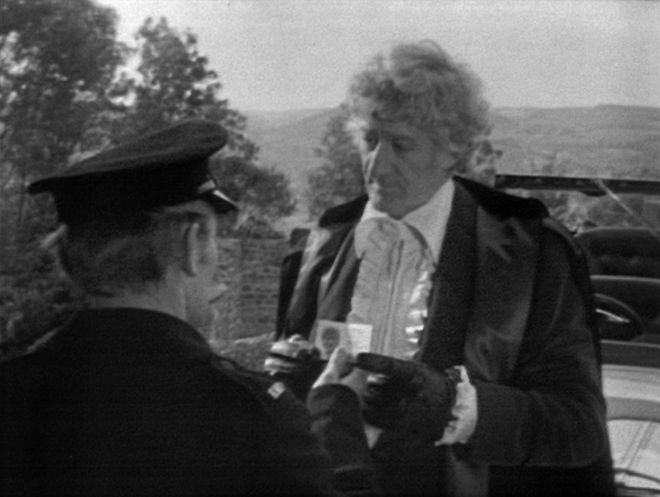
When was the decision made to attempt to recolour the entire serial, rather than release it in black-and-white (which we believe had been done on VHS)?
It was always the aim of those of us working on restoration of Doctor Who for DVD that everything originally made in colour should be returned to that form. We just had to wait for technology and restoration techniques to develop to allow it.
Some Jon Pertwee stories were comparatively simple to restore to colour, as fans in the USA had made off-air recordings around 1977 from PBS (Public Service Broadcasting Stations) and we were able to overlay the chroma from those onto the high-resolution luminance of the black-and-white film recordings. Some, such as episodes of The Ambassadors of Death, were plagued by poor picture quality and some, like The Mind of Evil, were not recorded in this way at all, so these needed a different approach. It was as late as 2011 that we were confident that all six episodes of The Mind of Evil could be released in colour.
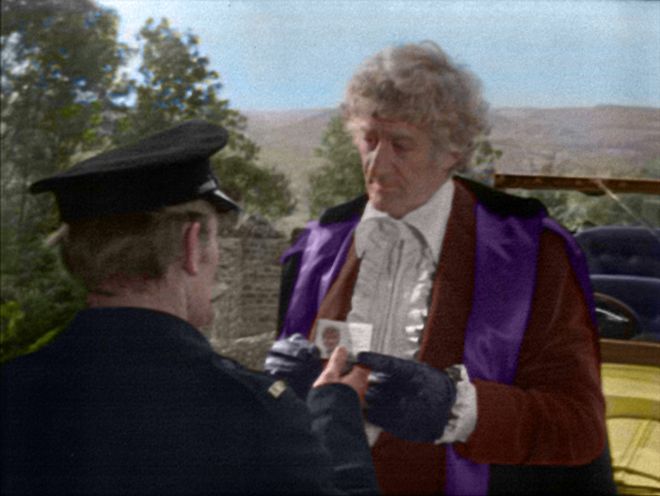
Can you explain the processes used to recolour the episodes?
Episodes two to six had the 4.43MHz PAL subcarrier signal embedded in the picture as recorded to 16mm film. This appears as a pattern of very fine dots on the image which increase in size and density in areas of strong colour. This subcarrier signal opens the possibility of the Colour Recovery process being performed to remove the dots and add the colour.
However, the results of Colour Recovery can be very variable and usually a large amount of remedial restoration work is needed to make programmes suitable for viewing by anyone not a hardcore enthusiast. Episode two of The Mind of Evil suffered from cyclical variation in colour saturation from around 30 per cent to 200 per cent of the correct level, and furthermore the variation was not uniform across colour channels. This was nigh on impossible to fix in 2009, but by 2012 we were able to use some sophisticated deflicker software to smooth out the worst extremes - although sadly it was impossible to remove completely.
Episode three had very steady saturation but with lots of hue variations (for example the Chinese delegate's blue uniform was islands of blue, magenta and green) and episode four had rock-solid hues, steady if weak saturation, but severe cross-colour overlaid on any areas of contrast - not great in a story set in a prison with lots of bars and gratings!
A bigger problem was that the subcarrier signal had been filtered out of episode one before the film recording was made - so the only option was a manual colourisation. This had been done previously in 2008 for episode three of Planet of the Daleks by Legend Films in the USA, but - for various reasons, including unfavourable exchange rates -this was no longer an economically viable option.
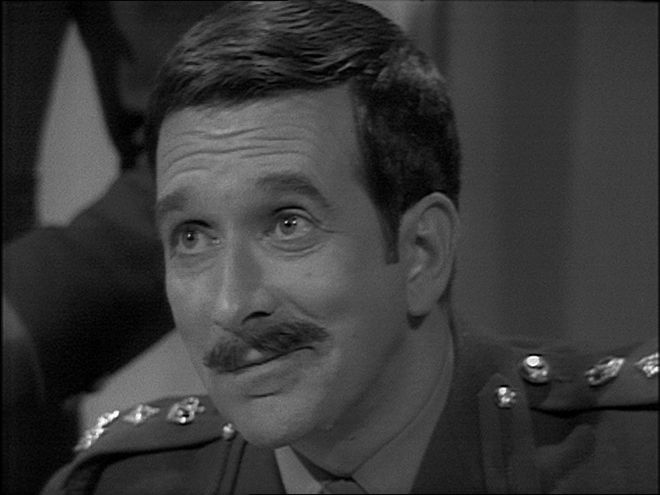
How did you get around that?
Without going into specific costs, BBC Worldwide were very generous and supportive in releasing four times the standard restoration budget of a normal story - yet we still had to do it at under a third of the cost of going to the US for colourisation. And because no other colourising companies met our standards, we knew we had to find a way of doing it ourselves. It's quite an audacious thing to attempt, and it's down to hard work and a determination to succeed that we did it.
I'd seen some of projects by Stuart Humphryes (aka YouTube's Babelcolour) - colourising stills and short video clips as fan projects - and, like many others, been very impressed by the quality. Skin tones and hair colour is rarely done well, even by professional colourising companies, but Stuart seemed to have nailed it. When I approached him, he engaged enthusiastically with the project and tirelessly devoted most of his spare time for 18 months to it, producing colour keyframes in astonishingly realistic detail.
We didn't have the time or facilities to create any bespoke software so we colourised part one with a combination of ingenuity, improvisation and hard work. I did the usual restoration on the black-and-white version of episode one, removing dirt, sparkle and scratches and stabilising film weave and jitter. I then selected around 5,000 keyframes across the episode (out of a total of around 34,000) which Stuart worked through, often long into the night, returning them in colour. I don't think he should ever have to buy a pint of beer again if a Doctor Who fan is around. Without him the quality of the episode would have been immeasurably poorer.
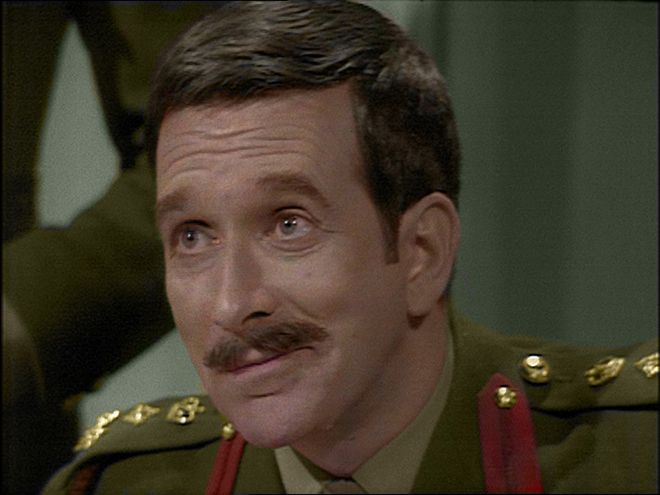
Were there any colour elements in existence that could be used as a palette guide for the colourists?
Frustratingly few. There were some publicity and on-set stills, but nowhere near enough to be of much use - especially as different stills of the same character would have wildly differing colorimetry. In the end, colours from the raw colour recovery files of episode two-to-six and pictures of actors from other programmes (for hair colour, etc.) were used. Stuart was relentless in his researches - including identifying the phosphor colour on the hospital ECG monitor from another programme made at the BBC the previous month.
The overall programme was graded as usual by Jonathan Wood, one of the BBC's top colourists who has a particular interest in Doctor Who, giving as much uniformity to the colour palette of the serial as possible. Even with material still existing on videotape from 1971, grading is always necessary as camera circuitry tended to drift after line-up and film inserts were a lottery in terms of colour, so this was only a slight extension of that.
Find out how the Doctor Who: The Mind of Evil DVD stacks up in our review, right here.
 |
Home Cinema Choice #351 is on sale now, featuring: Samsung S95D flagship OLED TV; Ascendo loudspeakers; Pioneer VSA-LX805 AV receiver; UST projector roundup; 2024’s summer movies; Conan 4K; and more
|


